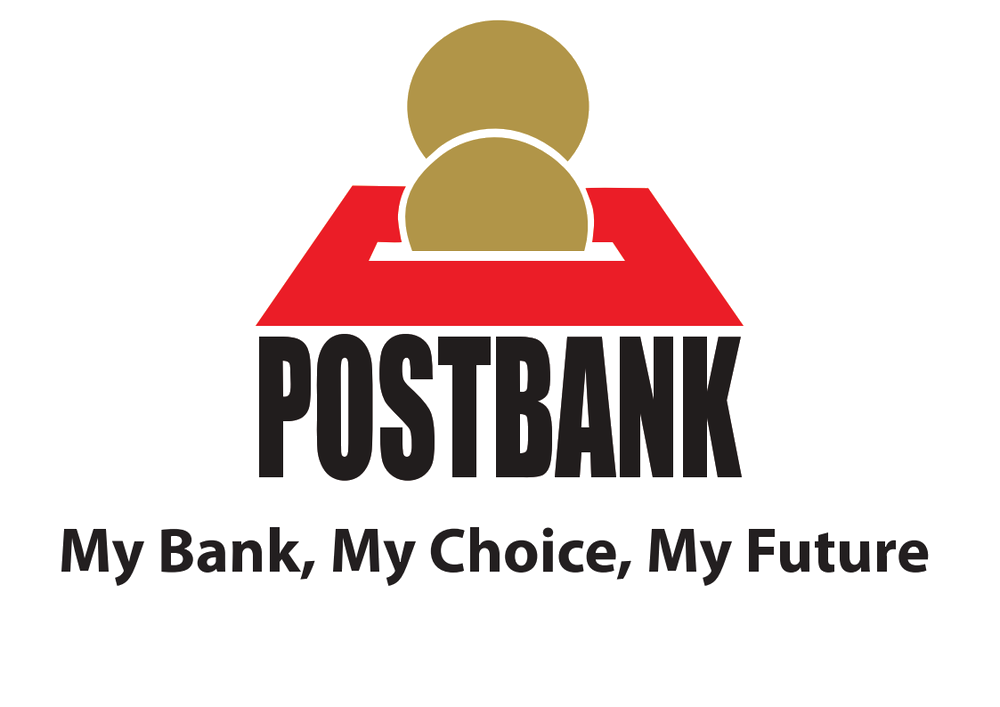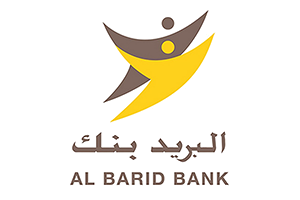In today’s digital era, the current approach of the EU-Legislator to the capital treatment of software assets is a disadvantage in comparison with non-EU banks and FinTech Companies and must be tackled in order to achieve a level playing field, preserve fair competition and advance technological innovations and digitalisation in the financial (banking) sector. Furthermore, banks can be encouraged to foster investment in digital solutions and/or IT systems only if software is not treated differently than other (e.g. tangible) assets and can be non-deductible.
Additionally, we advocate that the exemption rule for avoiding capital deduction should be optional (opt-out) for certain institutions. For institutions that have hardly any software assets capitalised, the cost of implementing the prudential amortisation approach would be disproportionate to the capital savings. The institutions in question should therefore have the option of continuing to deduct the software assets in full from CET 1.
The EBA provides some relief when it comes to the capital treatment of software, but it is still far too restrictive and inefficient in comparison to the US/Swiss Model. The prudential treatment of software assets in Europe should not penalize innovation. At the same time, banks need flexibility in cases where the benefits do not compensate the cost, Therefore, an option to not apply the RTS would be welcomed by certain institutions. This may lead to situations where implementation of the new approach will not be completely supported and continuation of complete deduction of the software from CET 1 would be preferred instead. If the RTS is too burdensome a possibility to opt out and not apply, it may become important for some financial institutions. Another possibly not very well accepted point is the proposed time period for the prudential amortization which is deemed extremely short.
Identified Concerns
Article 36 (1) (b) CRR 2 states that the decisive criterion for the exception is that the value of software assets is not negatively affected by resolution, insolvency or liquidation. This provision could be interpreted that the exception applies to software assets, where the value does not materially suffer in a crisis. In addition, the Art. 36 (4) CRR 2 mandates EBA to define a threshold below which the software is affected to an extent that it cannot be deducted from the CET 1 Capital. Banks should focus on the turning point from which the software assets would be negatively affected by the resolution, insolvency or liquidation to a degree that the exemption in Art. 36 (1) (b) CRR2 would not be applicable.
We do not see a simplification but rather a complication having another amortization for prudential purposes. In our view, a pragmatic approach is, as stated above, to trust in the work of external auditors and apply the accounting amortization rules for prudential purposes as well.
If regulators want to include a certain margin of conservatism or prudence in the valuation of software assets, an easy-to-implement haircut on top of the accounting amortization would be the most efficient way for implementation.
Why Policymakers Should Act
Therefore, it needs to be ensured that EBA develops clear criteria to specify the materiality of negative effects on the values, which do not cause prudential concerns, and provides comprehensive guidance on how to perform this assessment in a way that is not unnecessarily burdensome and complex.
Furthermore, we would prefer the RTS to enter into force already on the day following its publication in the OJ (instead of twenty days thereafter; see Article 2 of the Draft RTS on p. 28). This would ensure that banks can apply these provisions as early as possible (as intended by the CRR Quick Fix). Alternatively, we propose a (possibly also retroactive) application of the provisions as of 30 September 2020 and therefore we request such a provision to be added to Article 2.
Finally, in light of the short consultation period as well as the CRR Quick Fix, we would like to express the need to prioritize the work on this RTS and faster finalization of the RTS. Otherwise, the process would counter the efforts of EU legislators and wouldn’t allow for fast relief for banks.
Background
As part of the Risk Reduction Measures (RRM) package adopted by the European legislators, the Capital Requirements Regulation (CRR) has been amended and introduced, among other things, an exemption from the deduction of intangible assets from Common Equity Tier 1 (CET1) items for prudently valued software assets, the value of which is not negatively affected by resolution, insolvency or liquidation of the institution. In addition, the EBA was mandated to develop draft RTS to specify how this provision shall be applied.
These EBA draft RTS specify the methodology to be adopted by institutions for the purpose of the prudential treatment of software assets. In particular, these draft RTS introduce a prudential treatment based on their amortisation, which is deemed to strike an appropriate balance between the need to maintain a certain margin of conservatism in the treatment of software assets as intangibles, and their relevance from a business and an economic perspective.
related
European Banking Authority (EBA) on ESG risk management
The European Savings and Retail Banking Group (ESBG) submitted its response to the consultation launched by the European Banking Authority (EBA). ESBG insists on the need for consitency with CSRD and CSDDD, the addressees of this guideline should also
Enhancing Transparency in Bank Disclosures: ESBG delivers comprehensive response to the EBA’s Pillar 3 data hub consultation
On 14 December 2023, the European Banking Authority (EBA) published a discussion paper on the Pillar 3 data hub processes and its possible practical implications.
IASB Exposure Draft (ED) on Financial Instruments with Characteristics of Equity
On 29 November 2023, the International Accounting Standards Board (IASB) proposed amendments in an Exposure Draft to tackle challenges in financial reporting for instruments with both
ESBG’s response to the EFRAG Comment Letter on Financial Instruments with Characteristics of Equity
On 29 November 2023, the International Accounting Standards Board (IASB) proposed amendments in an Exposure Draft to tackle
ESBG advocates for increased clarity and streamlining of supervisory reporting requirements
On 14 March, ESBG submitted its response to the European Banking Authority (EBA) consultation on ITS amending Commission Implementation Regulation (EU) 2021/451 regarding supervisory reporting
WSBI-ESBG advocates for robust implementation of the BCBS Pillar 3 framework for climate-related financial risks
On 14 March, WSBI-ESBG submitted its response to the Basel Committee on Banking Supervision (BCBS) consultation on its Pillar 3 disclosure framework for climate-related financial risks
ESBG stresses the need for consistency and clarity in its Response to the SFDR Review Consultation
ESBG submitted its response to the European Commission’s consultation on the SFDR review, aiming to enhance transparency in sustainability-related disclosures within the financial services sector
ESBG response to the EBA’s consultation on Guidelines on preventing the abuse of funds and certain crypto-assets transfers for ML/TF
The guidelines on the “travel rule” delineate the actions that Payment Service Providers (PSPs), Intermediary PSPs
ESBG responds to the SRB consultation on the future MREL policy
The European Savings and Retail Banking Group (ESBG) submitted its response to the consultation launched by the Single Resolution Board (SRB) in December 2023 on the future of the Minimum Requirement for own funds
ESBG’s response to the Commission’s consultation on the GDPR
The primary EU legislation ensuring the fundamental right to data protection is the General Data Protection Regulation








































